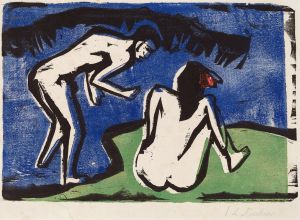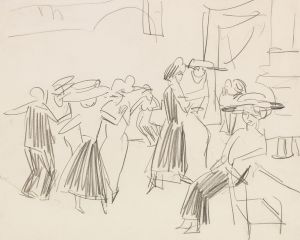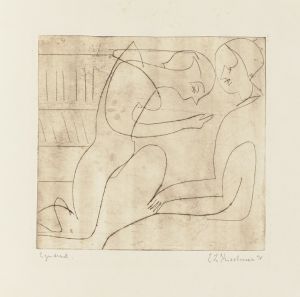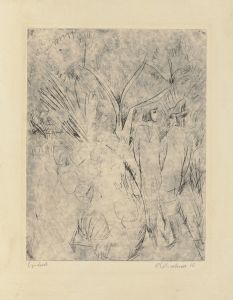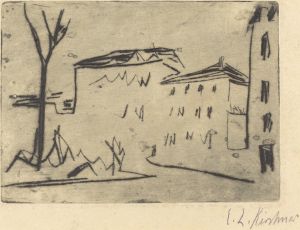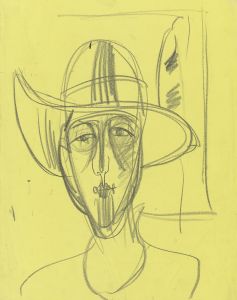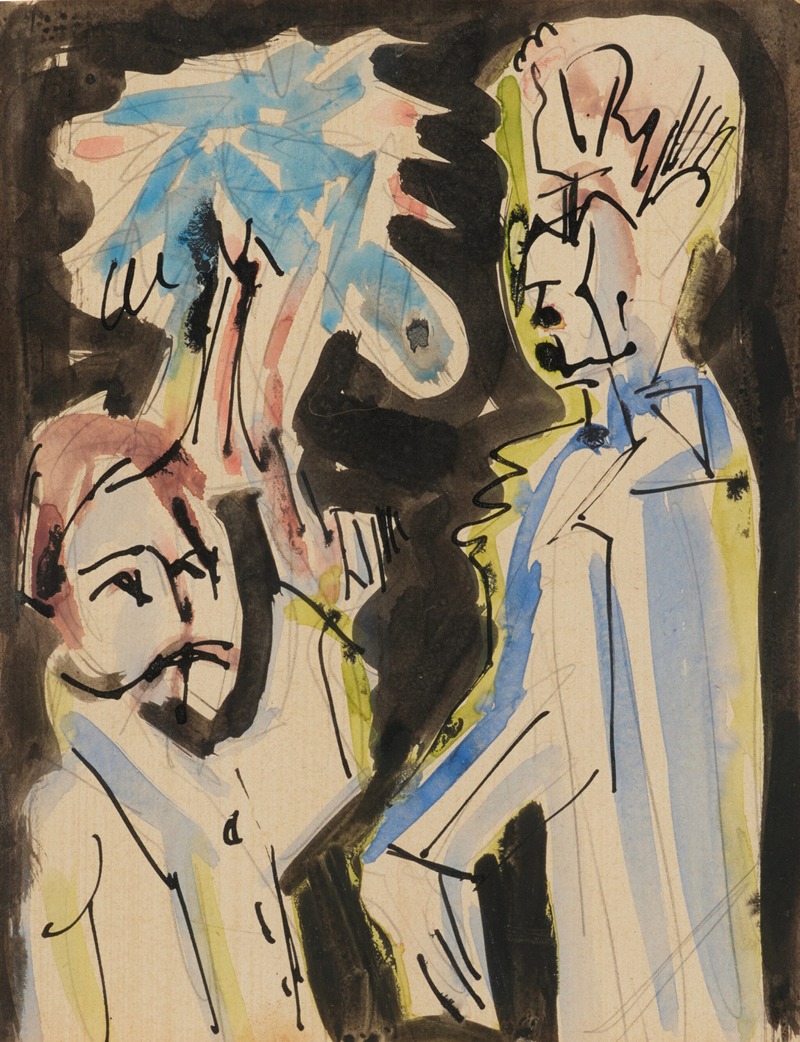
Zwei Halbfiguren
A hand-painted replica of Ernst Ludwig Kirchner’s masterpiece Zwei Halbfiguren, meticulously crafted by professional artists to capture the true essence of the original. Each piece is created with museum-quality canvas and rare mineral pigments, carefully painted by experienced artists with delicate brushstrokes and rich, layered colors to perfectly recreate the texture of the original artwork. Unlike machine-printed reproductions, this hand-painted version brings the painting to life, infused with the artist’s emotions and skill in every stroke. Whether for personal collection or home decoration, it instantly elevates the artistic atmosphere of any space.
"Zwei Halbfiguren" (Two Half Figures) is a painting by the German expressionist artist Ernst Ludwig Kirchner. Kirchner, born on May 6, 1880, in Aschaffenburg, Germany, was a founding member of the artist group Die Brücke (The Bridge), which played a pivotal role in the development of Expressionism in early 20th-century art.
The painting "Zwei Halbfiguren" was created in 1911, a period when Kirchner was deeply involved with Die Brücke. This group sought to create a new form of artistic expression that broke away from traditional academic standards and embraced a more raw and emotional style. Kirchner and his contemporaries were influenced by non-Western art, particularly African and Oceanic art, which they saw as more direct and unspoiled by modern civilization.
"Zwei Halbfiguren" exemplifies Kirchner's distinctive style, characterized by bold colors, dynamic compositions, and a sense of immediacy and emotional intensity. The painting depicts two half-length figures, likely female, rendered in a manner that emphasizes their psychological presence rather than their physical realism. The figures are outlined with strong, black lines, a technique that Kirchner often employed to create a sense of structure and tension within his compositions.
The use of color in "Zwei Halbfiguren" is particularly notable. Kirchner's palette during this period was vibrant and often non-naturalistic, with colors chosen for their emotional impact rather than their fidelity to the real world. This approach was influenced by the Fauves, a group of French artists known for their wild use of color, as well as by Kirchner's own interest in the expressive potential of color.
Kirchner's work, including "Zwei Halbfiguren," often explored themes of modernity, urban life, and the human condition. His figures frequently appear isolated or introspective, reflecting the anxieties and alienation of life in the rapidly changing world of the early 20th century. This sense of psychological depth is a hallmark of Kirchner's art and contributes to its enduring impact.
In addition to his paintings, Kirchner was also a prolific printmaker and sculptor. His work in these mediums further demonstrates his commitment to exploring new forms of expression and his desire to capture the essence of his subjects. Kirchner's influence on the development of modern art is significant, and his work continues to be studied and admired for its innovative approach and emotional power.
"Zwei Halbfiguren" is part of the collection of the Brücke-Museum in Berlin, which houses an extensive collection of works by Kirchner and other members of Die Brücke. The museum is dedicated to preserving and promoting the legacy of this important group of artists and provides valuable insights into the development of Expressionism.
Ernst Ludwig Kirchner's career was tragically cut short when he took his own life on June 15, 1938, in Frauenkirch, Switzerland. Despite his relatively brief career, his contributions to modern art have left a lasting legacy, and works like "Zwei Halbfiguren" continue to be celebrated for their boldness, innovation, and emotional depth.





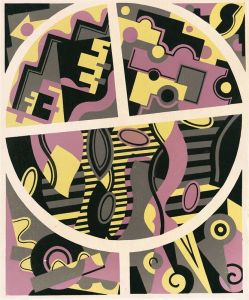
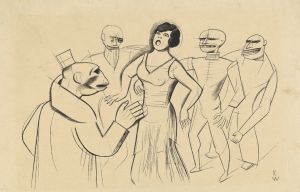
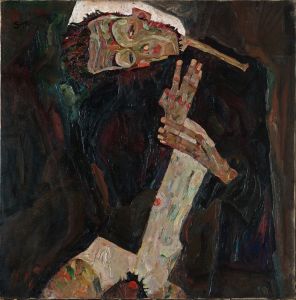
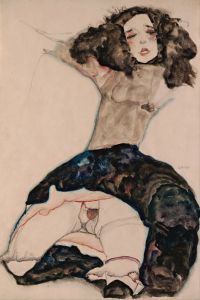
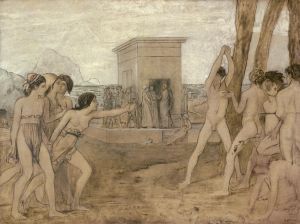
![[Designs for theater with black-framed proscenium and boldly colored settings.] [Study for stage light wall decoration, possibly for Caf ̌Crillon](/imgs/249265/s/winold-reiss-designs-for-theater-with-blackframed-proscenium-and-boldly-colored-settings-study-for-stage-light-wall-decoration-possibly-for-caf-crillon-7a95936c.jpg)
